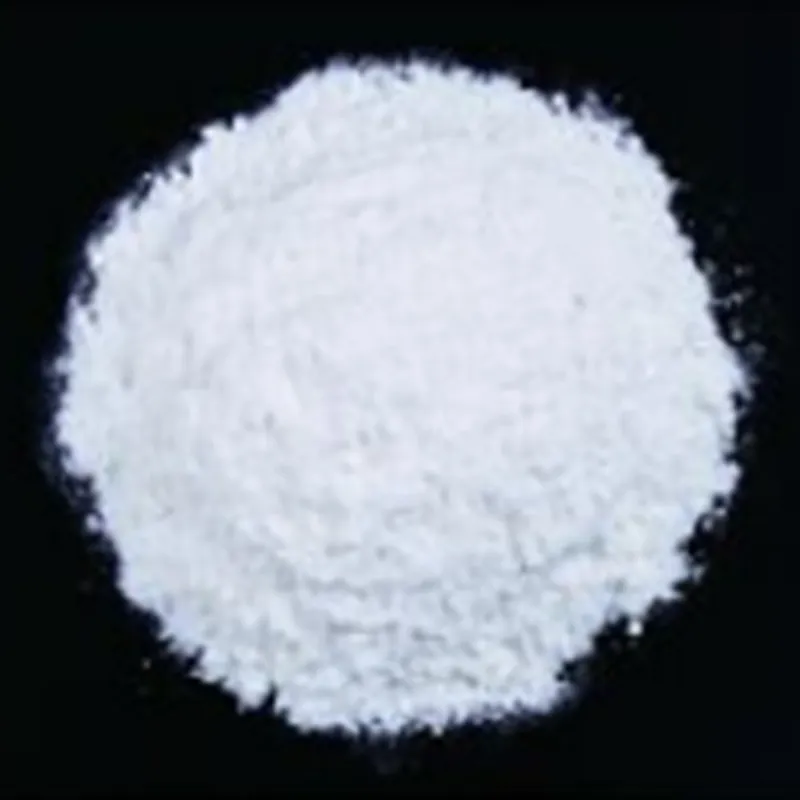
Understanding E452 Food Additives and Their Role in Food Industry
Understanding E452 Food Additive Safety, Uses, and Concerns
Food additives play a crucial role in the modern food industry, enhancing flavor, texture, and shelf life. Among these, E452, also known as emulsifiers, stabilizers, and thickeners, has gained attention for its various applications in food products. As consumers become increasingly discerning about what they eat, understanding the implications of additives like E452 becomes essential.
What is E452?
E452 refers to a group of food additives derived primarily from phosphoric acid and its salts. This category includes several compounds such as diphosphates, triphosphates, and polyphosphates. E452 is primarily used in the food industry as an emulsifier, stabilizer, and thickening agent. These functions are critical in the production of processed foods, dairy products, and baked goods, helping to maintain texture, prevent separation, and extend shelf life.
Applications of E452
The versatility of E452 allows it to be used in a wide range of food products. One of its significant roles is in the production of processed meats, where it helps improve water retention, thus making the products juicier. In dairy products, such as cheese and cream, E452 aids in creating a smooth, consistent texture while preventing curdling.
Furthermore, E452 is abundant in baked goods, where it enhances dough stability and prolongs freshness. Snack foods, sauces, and gravies also utilize this additive to achieve the desired consistency and mouthfeel. Beyond its functional properties, E452 can affect the appearance of food products, making them more visually appealing through a glossy finish.
Safety and Regulation
e452 food additive

The safety of food additives, including E452, is closely monitored by food safety authorities globally. In the European Union, for example, E452 is assessed by the European Food Safety Authority (EFSA), which evaluates its safety based on scientific evidence. According to current regulations, E452 is considered safe for consumption at prescribed levels, with acceptable daily intake (ADI) established for various age groups.
Despite its approval, some controversies surround the consumption of phosphates, particularly regarding health concerns. Excessive intake of phosphates has been implicated in potential health risks, such as cardiovascular issues and impaired kidney function. These concerns primarily arise from the overconsumption of processed foods rather than E452 specifically.
Public Perception and Concerns
As public awareness regarding food additives grows, consumers are increasingly questioning their safety and necessity. E452 often appears on ingredient labels, raising curiosity among health-conscious individuals. Some argue that the prolonged consumption of processed foods laden with additives can lead to health complications.
Moreover, vegan and vegetarian consumers may also express concerns regarding the source of emulsifiers and stabilizers like E452. Although E452 can be derived from plant sources, certain forms may come from animal-derived products, leading to potential ethical concerns.
Conclusion
E452 plays an integral role in the food industry as a versatile food additive, contributing to the texture, stability, and shelf life of various products. While deemed safe by regulatory authorities, it is essential for consumers to remain informed about what they are eating. Moderation is key, as is diversification of the diet, which can help minimize any potential health risks associated with excessive intake of additives.
As the food landscape continues to evolve, the demand for transparency in food labeling and the exploration of natural alternatives to synthetic additives will likely shape the future of food production. Ultimately, being mindful of food choices and ingredients, including E452, can empower consumers to make healthier dietary decisions while enjoying the benefits that additives bring to convenient and tasty food options.
-
Understanding Synthetic Rubber OptionsNewsApr.27,2025
-
Trichloroisocyanuric Acid: Essential for Clean and Safe WaterNewsApr.27,2025
-
Sodium Dichloroisocyanurate: Key to Safe Water TreatmentNewsApr.27,2025
-
Sodium Acid Pyrophosphate: Essential in Modern Food ProcessingNewsApr.27,2025
-
Essential Water Treatment ChemicalsNewsApr.27,2025
-
Denatured Alcohol and Its Industrial UsesNewsApr.27,2025
-
The Versatile Uses of Sodium BicarbonateNewsApr.24,2025
Hebei Tenger Chemical Technology Co., Ltd. focuses on the chemical industry and is committed to the export service of chemical raw materials.
-

view more DiethanolisopropanolamineIn the ever-growing field of chemical solutions, diethanolisopropanolamine (DEIPA) stands out as a versatile and important compound. Due to its unique chemical structure and properties, DEIPA is of interest to various industries including construction, personal care, and agriculture. -

view more TriisopropanolamineTriisopropanolamine (TIPA) alkanol amine substance, is a kind of alcohol amine compound with amino and alcohol hydroxyl, and because of its molecules contains both amino and hydroxyl. -

view more Tetramethyl Thiuram DisulfideTetramethyl thiuram disulfide, also known as TMTD, is a white to light-yellow powder with a distinct sulfur-like odor. It is soluble in organic solvents such as benzene, acetone, and ethyl acetate, making it highly versatile for use in different formulations. TMTD is known for its excellent vulcanization acceleration properties, which makes it a key ingredient in the production of rubber products. Additionally, it acts as an effective fungicide and bactericide, making it valuable in agricultural applications. Its high purity and stability ensure consistent performance, making it a preferred choice for manufacturers across various industries.











